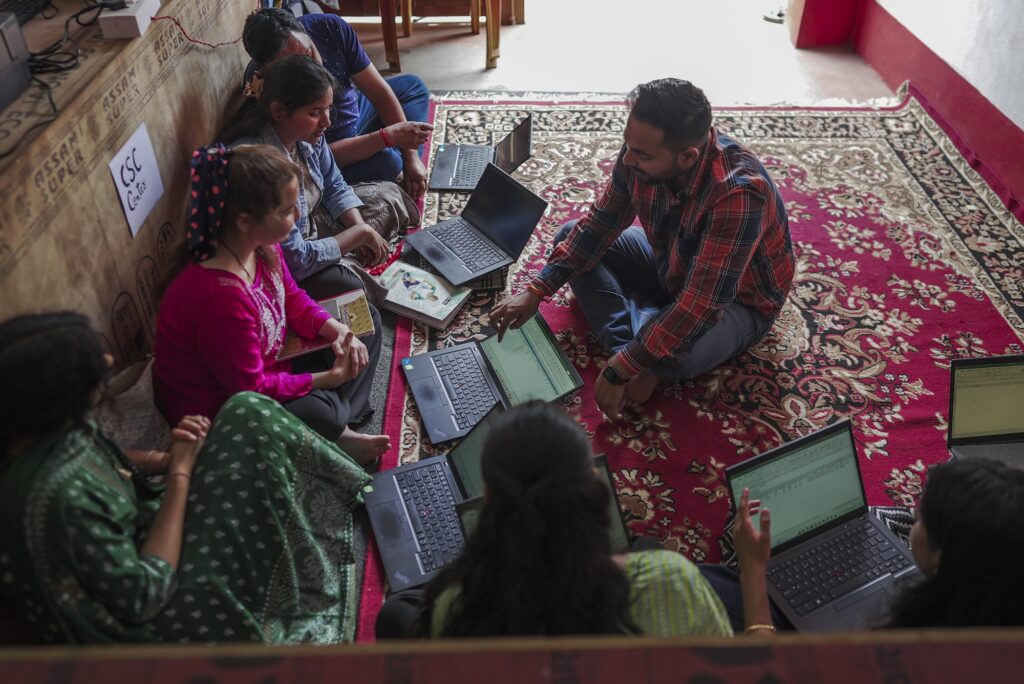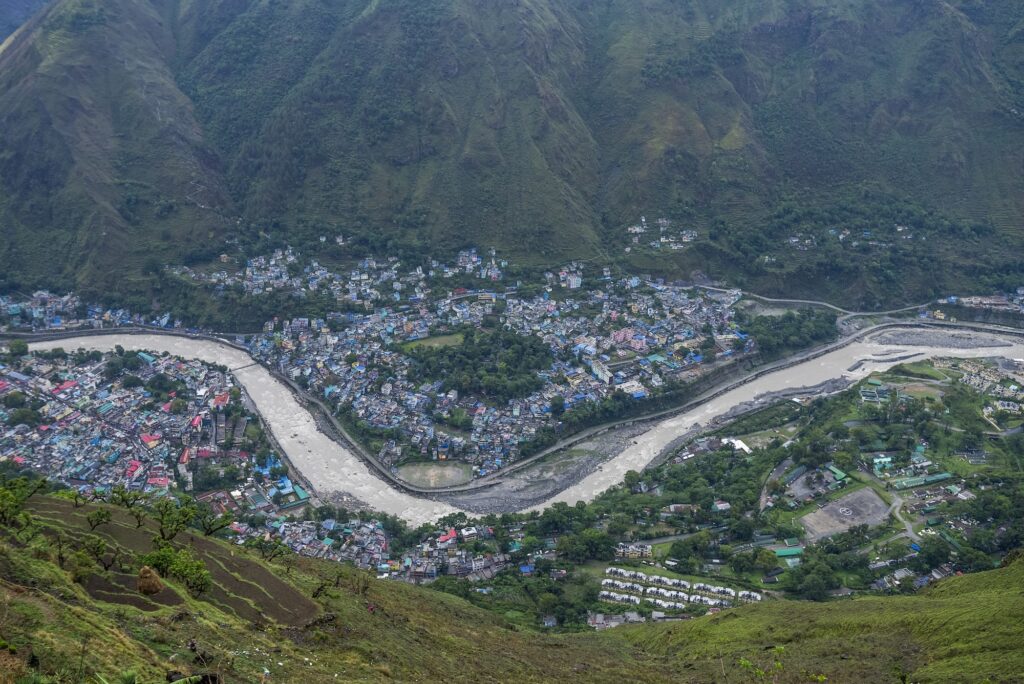From remote to resilient: connecting the Himalayas
High in the Himalayan ranges of Uttarakhand state, in northern India, steep slopes and sudden storms shape daily life. Here, connectivity is more than just convenience; it represents rescue and safety. Uttarakhand has experienced frequent natural disasters in recent years, ranging from flash floods to landslides triggered by unpredictable weather patterns. These events can cut off entire regions, leaving residents without access to vital information or emergency assistance.
Through the Uttarakhand Wireless Aid Community Network, supported by the Internet Society Foundation’s Resiliency Grant Program, the Digital Empowerment Foundation (DEF ) is building resilient Internet infrastructure in ten disaster-prone villages. The project aims to ensure that communities can remain connected, informed, and empowered even during natural disasters or power outages.
With this project, each of the ten participating villages now hosts a Community Information Resource Center (CIRC), a locally-managed hub equipped with advanced Internet technology, solar backup, and a disaster-resilient mesh network. These centers ensure stable connectivity even with extreme weather conditions. Ten local Internet Entrepreneurs (IEs), predominantly women, have been trained to maintain systems, deliver essential digital services, and lead community outreach programs. So far, digital literacy sessions provided by the IEs have had nearly 400 participants, and the project includes a progression of IEs from trainees to trainers.

The IEs’ efforts are transforming remote areas into self-sustaining digital communities that can communicate and coordinate effectively during emergencies. As DEF’s project head, Saurabh Srivastava, explains, “Once excluded from access, young people, especially women, are now connected and empowered to explore online education and opportunities with the support of local Internet Entrepreneurs.” Connectivity, in this case, represents not only basic communication but also resilience, inclusion, and opportunity.
The project’s impact reaches far beyond infrastructure. For residents like Rama Devi, a farmer from Dar village, digital access has redefined daily life: “Before this center, every small task meant money, travel, and stress. Now everything happens in my own village. I saved so much, and I even got a job because of it. This has changed my life.” Instead of spending hours traveling to access government services, education portals, or financial information, villagers can now complete these tasks locally, saving both time and resources.

As digital confidence grows, the CIRCs are also becoming vital for disaster preparedness. DEF’s training sessions help local leaders, self-help groups, and volunteers understand how to use timely data and early warnings to respond effectively. “Visiting these villages shows just how powerful digital connectivity can be, creating awareness, unlocking entitlements, expanding learning opportunities, and igniting a real eagerness among people to engage,” says Mili Dangwal, Senior Officer at DEF.
Setting up any equipment or CIRC in these areas is a highly challenging process, as essential materials are not readily available in local markets; they have to be sourced from the nearest markets, which can be 4–5 hours away by car for some locations. In some cases, obtaining materials requires round-trip journeys of over 30 hours to transport them back to the remote communities. This becomes even more difficult given the rugged terrain and unpredictable weather conditions. Establishing the CIRCs under such circumstances is a significant challenge, but having them fully operational proves that when people are equipped with both digital tools and knowledge, they can strengthen their community’s resilience from within.

Reflecting on the project’s broader significance, Maiko Nakagaki, Senior Program Officer at the Internet Society Foundation, states that, “The Resiliency Grant Program is about empowering communities to independently adapt, respond, and recover in times of crisis. What DEF has achieved in Uttarakhand exemplifies how connectivity can transform vulnerability into a source of strength. These networks do more than connect villages; they connect people to hope, safety, and opportunity.”

As the Himalayas continue to face climate-related challenges, projects like these are paving the way for more resilient, inclusive, and connected futures.
Watch the video about the project Uttarakhand Wireless Aid Community Network by DEF India:
